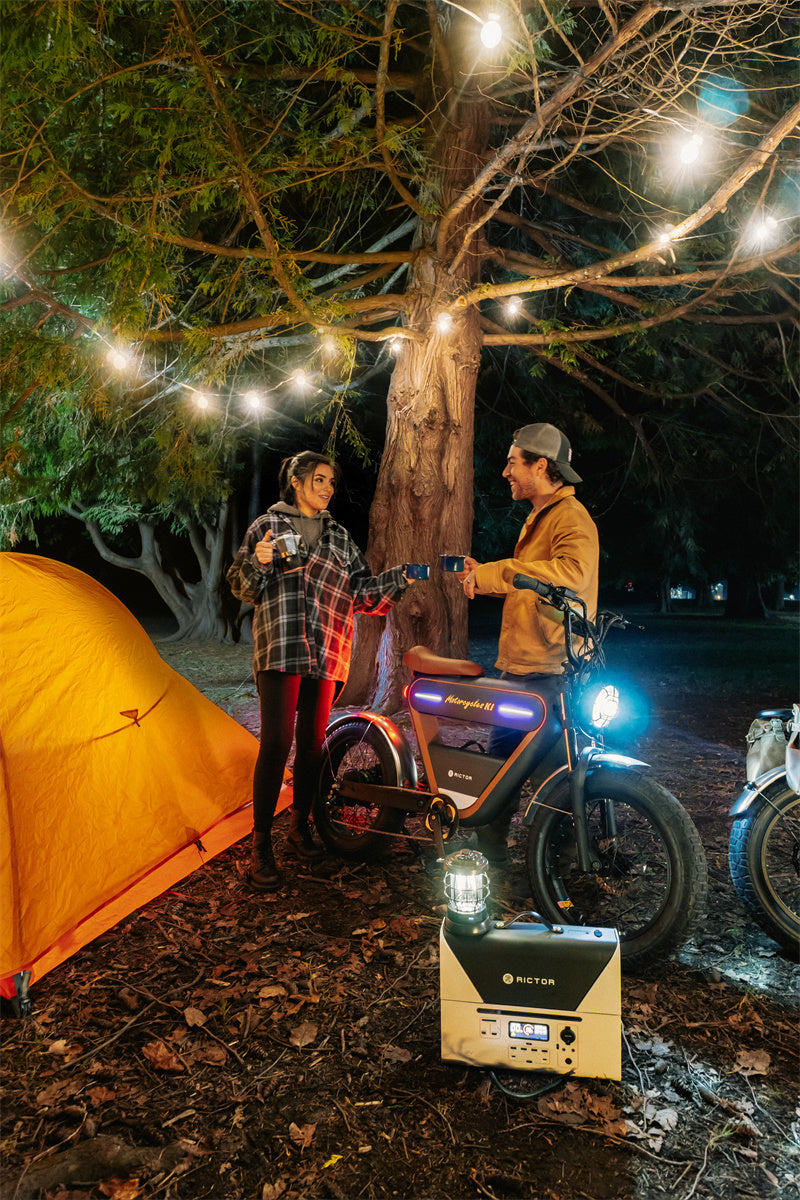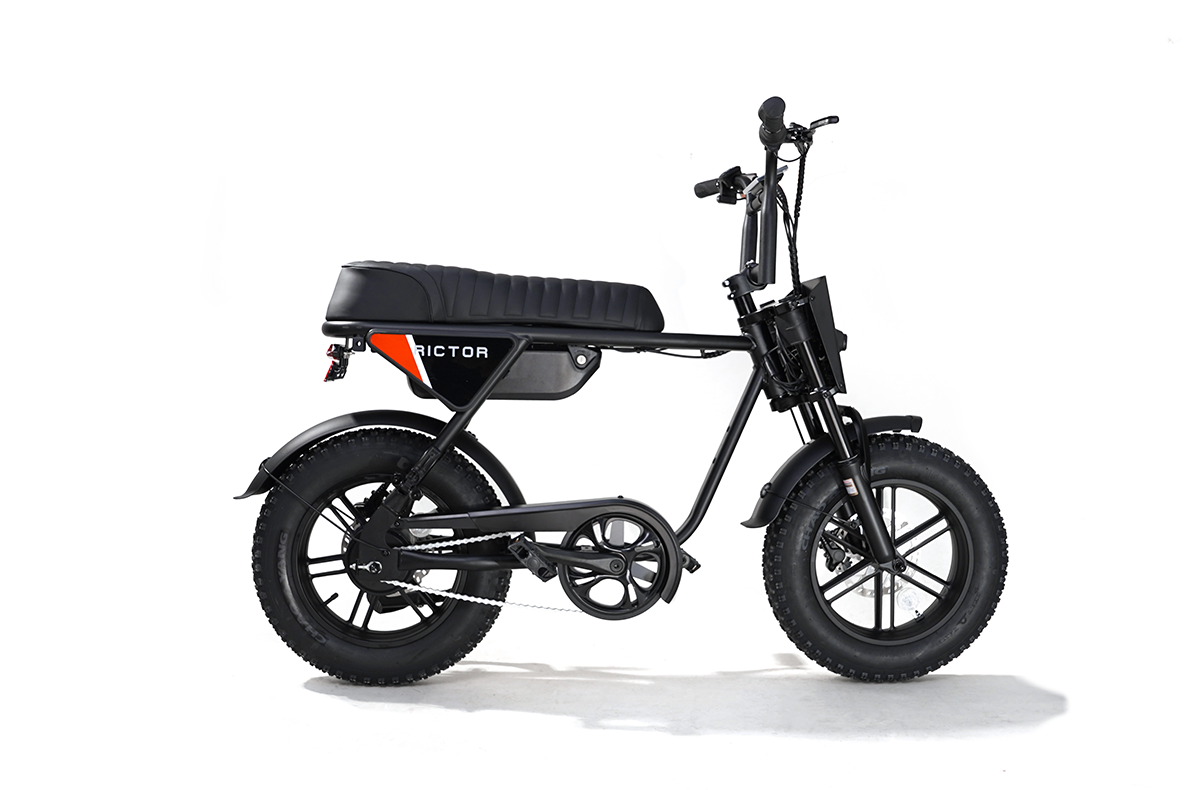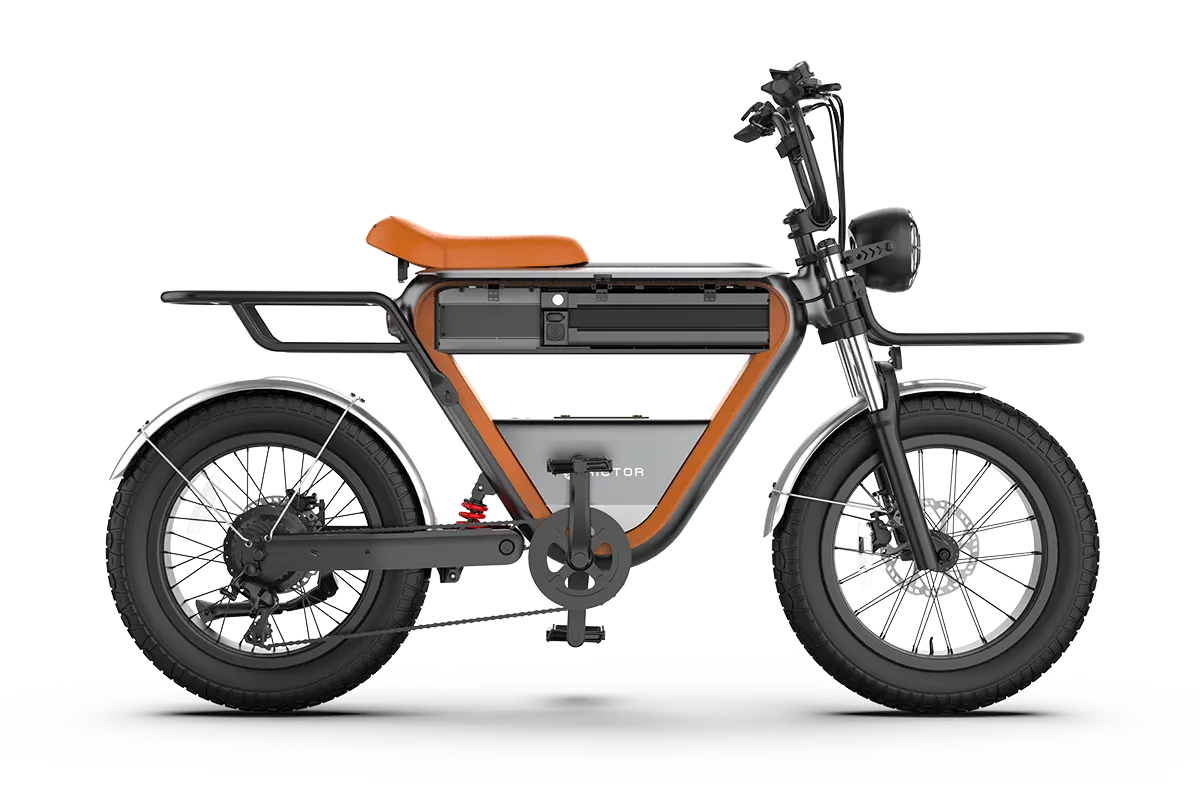
Vintage Electric Bikes for Sale: Reliable, Stylish, and Easy to Ride
Are you a fan of vintage bikes? You know, those classic motorcycles with sleek lines, a bit of grit, and that timeless style.
There’s just something about that retro look, right? But let’s be real—owning a traditional vintage bike isn’t exactly easy. They’re heavy, they need constant maintenance.
Vintage electric bike got all the charm of a classic bike without the hassle.They are powered by a smooth, quiet electric motor.
Why You Need Vintage Electric Bike?
Beyond the looks (because yes, there’s more!), a vintage electric bike has all the perks of an e-bike wrapped up in a package that takes you back in time.
You get smooth electric power that makes tackling hills or long commutes super easy.
So whether you’re headed to work or grabbing a quick coffee, this bike’s got you covered—no sweat, no stress.
A vintage electric motorcycle is way easier on the wallet than a traditional motorcycle.
First, there’s the power: all it needs is a quick charge. No gas station stops, no feeling the pinch of rising fuel prices—just plug it in, and you’re good to go. Charging costs are pennies compared to what you’d spend filling up a tank.
If you’ve ever owned a motorcycle, you know the drill: oil changes, tuning up the carburetor, or even tracking down that one rare part that costs a small fortune.
A vintage electric bike, though? So much easier. Fewer parts to break, no oil to change, and the motor just works.

Key Considerations Before Buying a Retro Electric Bike
Battery Life and Range
it’s a big deal for any retro electric bike because it dictates how far you can go on a single charge.
If you’re planning long rides or daily commutes, you’ll want a battery with solid range.
Battery specifications often come in 36V, 48V, and 52V options, each providing a different level of power and range.
-
36V Batteries: These are common on more budget-friendly retro electric bikes and are generally great for shorter, flatter rides. They provide enough power for casual commuting but may struggle on steep hills or longer distances.
-
48V Batteries: A step up in power, these are ideal for moderate commutes or if you want a bit more zip in your ride. They offer a balanced combination of power and range, making them a popular choice for urban riders who want versatility.
-
52V Batteries: The powerhouse option. A 52V battery offers the longest range and most robust performance, great for hilly areas or extended rides. You’ll notice better acceleration and more power to handle longer distances without needing to recharge frequently.
As for battery life itself, most e-bike batteries last around 3 to 5 years with typical use.
They generally handle 500 to 1,000 full charge cycles before their capacity noticeably decreases.
However, premium batteries, like the RICTOR K1 48V20AH with LG 21700 cells, are engineered for extended durability.
This battery design allows for more charge cycles than standard options, meaning it can withstand more frequent use and still maintain its performance over time.
SEE ALSO How to Choose the Most Reliable Electric Bike for Your Needs

Motor Power
Motors are typically measured in watts, and most vintage style e-bikes range between 250W and 750W.
250W to 500W Motors: Ideal for commuting, these motors provide just the right amount of power for flat city streets and moderate speeds. They’re perfect if your main goal is a smooth, efficient ride to work or around town, with minimal strain on the bike’s components.
750W Motors and Above: These motors give you an extra kick, making them great for leisure rides or hilly routes. With more wattage, you’ll enjoy better acceleration and a stronger boost when tackling steep areas. This extra power is also a good choice if you’re planning longer rides or enjoy exploring varied landscapes.
As for motor types, most electric bikes come with either hub motors or mid-drive motors.
Hub motors are integrated into the wheel and provide a quiet, smooth ride—perfect for flat terrain and everyday commutes.
Mid-drive motors are positioned near the pedals and offer better weight distribution and torque, especially helpful for hill climbing or if you prefer a more balanced feel on the bike.
Build Quality and Materials
Frames made from durable materials like aluminum and steel can impact both the bike’s longevity and its performance.
Aluminum
Lightweight and resistant to rust, aluminum frames are a popular choice because they’re easy to handle and can withstand everyday wear. Aluminum offers a smooth, agile ride while keeping the bike’s weight manageable, making it easier to transport or store.
Steel
For a classic look with added strength, steel frames are a solid choice. Although they add a bit more weight, steel frames are incredibly durable and can handle more impact, giving a sense of sturdiness that many riders love.
For a truly robust build, the RICTOR retro electric bike uses liquid forging technology, an advanced process that forms the frame in a single, seamless piece.
By eliminating welded joints, this technique enhances the bike’s structural integrity, reducing weak points and making the frame significantly stronger and more durable.
Comfort and Fit
Look for adjustable features like the seat and handlebars so you can personalize the fit to your body.
Many retro electric bikes come with cruiser-style seats and upright handlebars, promoting a relaxed, natural posture that’s easy on your back and shoulders.
An ideal fit not only boosts your comfort but also helps prevent fatigue or strain, keeping your rides enjoyable and pain-free.
Maintenance Needs
Taking care of a vintage-style electric bike is a breeze compared to the upkeep a gas powered motorcycle demands.
Forget about oil changes, engine tune-ups, and tracking down hard-to-find parts—keeping an electric bike in shape is way simpler.
You’ve got fewer moving parts, which means fewer things that can go wrong. With a retro electric bike, most of your maintenance comes down to the basics: keeping the battery, brakes, and chain in good condition.
A quick battery check here, a brake adjustment there, and you’re set. Compared to a motorcycle, where even a minor repair can be a headache (and a drain on your wallet), an e-bike is generally low-maintenance.
Where to Find the Best Vintage Electric Bikes for Sale
Ready to buy a vintage electric bike? There are a few great places to look, depending on what you’re after, from online marketplaces to specialized retailers. Here’s a quick rundown to help you find the perfect ride.
Online Marketplaces
If you’re after variety, online marketplaces like eBay are worth a look. You’ll find everything from new models to used options and even some unique, one-of-a-kind finds. eBay and other marketplaces have tons of sellers, so you’re bound to see a wide range of prices and styles.
Specialty Retailers
These shops focus on electric bikes, especially vintage-styled models, and they often offer quality guarantees that you won’t get with a private seller. Plus, they usually have better after-sales support.
RICTOR’s online store is an excellent example here. RICTOR doesn’t just sell bikes; they’re committed to customer satisfaction, offering high-quality retro e-bikes along with top-notch support.
Buying directly from RICTOR means you’re getting a quality guarantee and peace of mind knowing that help is available whenever you need it.
Local Dealers and Community Markets
If you’re someone who likes to see and test a bike in person, check out local dealers or keep an eye out for community markets and events.
Local bike shops sometimes carry vintage electric bikes or may know where you can find them nearby.
FAQs
How far can I go on a vintage electric bike before recharging?
The range depends on the battery capacity. Common options are 36V, 48V, and 52V batteries. For example, a 36V battery is suitable for shorter, flat rides, while a 52V battery offers a longer range, ideal for hills or extended commutes.
Which is better: a hub motor or a mid-drive motor?
Hub motors, located in the wheels, are great for flat terrain and offer a quiet, smooth ride. Mid-drive motors, positioned near the pedals, give better torque and balance, making them ideal for climbing hills or for those who prefer a balanced ride.
How often does a vintage electric bike need maintenance?
Vintage electric bikes are generally low-maintenance compared to gas-powered motorcycles. Basic upkeep includes checking the battery, brakes, and chain. Unlike traditional motorcycles, you won’t need oil changes or engine tune-ups, making maintenance simple and cost-effective.




